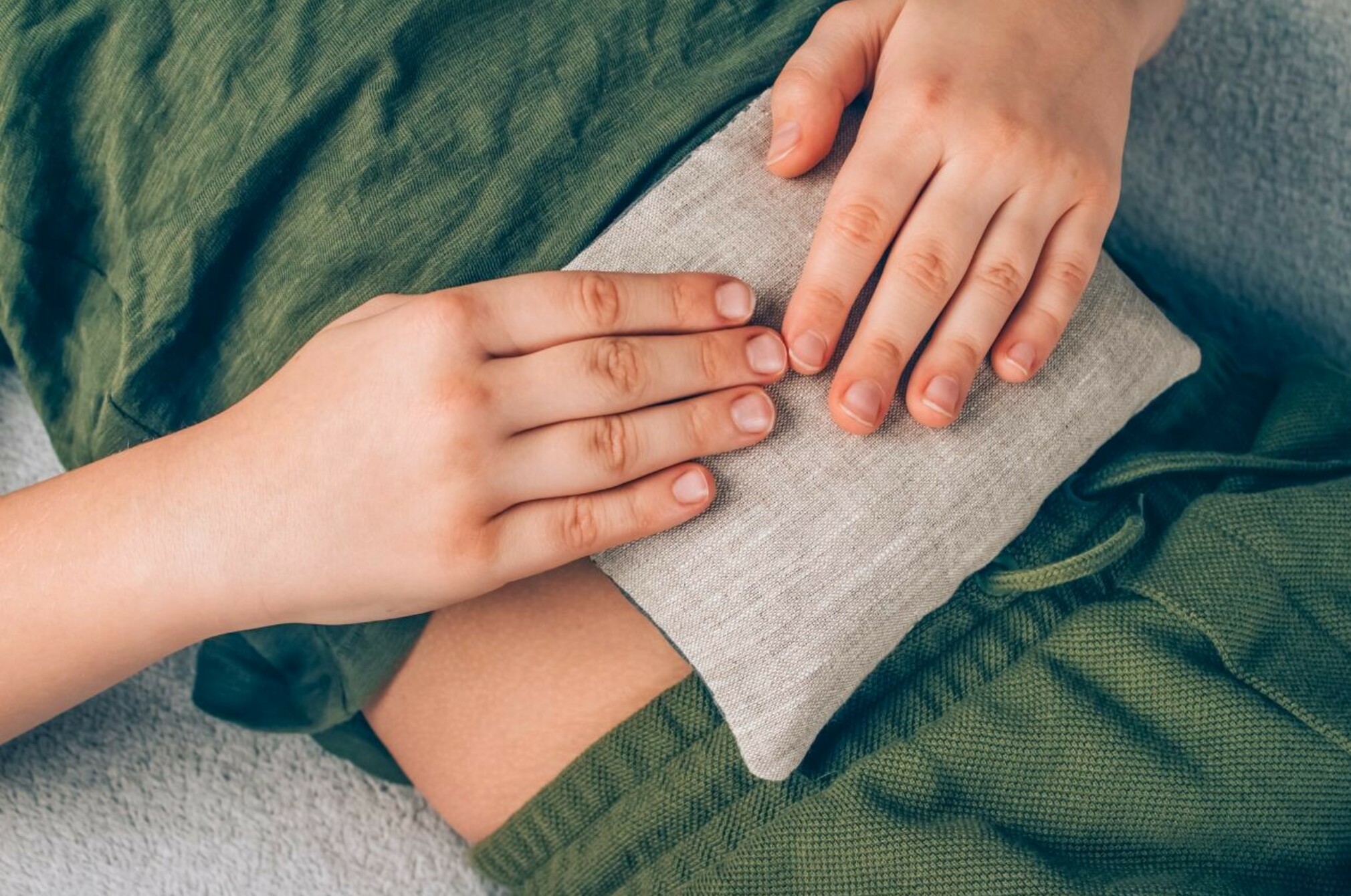How to use a wheat bag safely

Wheat bags are comfort for aches and pains. But they pose a fire or injury risk if not used correctly.

Consumer member Patricia contacted us when her microwave caught fire while heating her wheat bag.
Wheat bags are material bags (usually cotton) filled with a wheat grain such as buckwheat. They can be heated in the microwave and, as they cool over time, provide warmth and comfort for aches and strains.
Patricia’s experience isn’t an isolated incident. A Fire and Emergency New Zealand spokesperson told us the organisation responds to a small number of fires caused by wheat bags each year. Since 2020, there have been 39 recorded incidents.
Not using a wheat bag safely can also lead to injury. According to ACC, in 2022, there were 62 reports of people being injured in wheat bag incidents.
What’s the risk?
While wheat bags are a popular way to apply heat to strained muscles and can provide relief from pain, Fire and Emergency New Zealand said they come with unexpected hazards if not used safely.
Its spokesperson said the organisation advises people not to overheat their wheat bag and always to let it cool completely before reheating.
“If wheat bags don’t cool down, the contents can superheat resulting in a burn or ignition of the material the wheat bag is made of. If you’re heating them in the microwave, make sure the turntable is turning freely. If not, a hot spot can occur in the wheat bag and cause the bag to catch fire.”
Fire and Emergency New Zealand also doesn’t recommend putting a cup of water in the microwave while heating a wheat bag. This increases the risk of scalding from hot steam being emitted from the bag and can encourage the contents to grow mould and rot.
Wheat bags also aren’t designed to warm bedding, as the blankets trap the heat, which may cause the grain to spontaneously ignite.
Similar concerns have been raised in Australia. In 2013, Australian consumer organisation Choice investigated the dangers of wheat bags. It found the internal temperature of a wheat bag reached more than 70°C in 2 minutes at full power in an 100W microwave.
In a second test, Choice heated a wheat bag designed to go inside a polyester toy animal for a child. Ignoring the instructions, it was microwaved for more than the recommended time. After a few minutes, the wheat bag was steaming hot and after 7 minutes it began to smoulder. The test was stopped after 8 minutes because of the intense and noxious smoke – at this time the toy measured more than 200°C.
Due to these risks, a voluntary safety standard (AS/NZS 5116:2016) was introduced. The standard has requirements for the design, construction, performance and labelling of microwaveable heat packs that contain wheat, rice, legumes, herbs or other organic fillings. While it’s only voluntary, the Ministry of Business, Innovation and Employment recommends people buy products that meet the standard.
The ministry also doesn’t recommend homemade wheat bags. The moisture content and volume of homemade bags isn’t known, so the proper heating time can’t be calculated.
Tips for using a wheat bag safely
Choosing a wheat bag
- Choose a wheat bag that meets the AS/NZS 5116:2016 standard. The bag should include clear heating instructions and contact details for the manufacturer.
Using a wheat bag
- Only use a wheat bag for direct application to the body. Don’t wrap or cover a wheat bag in blankets, pillows or warm clothing. Use a hot water bottle or electric blanket to heat a bed instead.
- Don’t buy products that contain wrapped wheat bags, for example cuddly soft toys with a compartment for the wheat bag.
- Wheat bags need to be hydrated so they don’t dry out. Apply moisture directly to the surface of the bag by lightly sprinkling or using a water spray bottle - it’s not necessary to heat the wheat bag with a cup of water.
- Don’t add fragrant oils to a wheat bag. It may increase the fire risk.
Heating a wheat bag
- Follow the heating instructions. Never microwave for longer than recommended.
- Don’t leave the microwave unattended and make sure the wheat bag rotates freely on the turntable if the microwave has one.
- Do not reheat a wheat bag that has been heated recently. If you use wheat bags regularly, have two. This will allow one bag to cool while the other is in use.
Storing and replacing a wheat bag
- Check your wheat bag regularly for signs of age and scorching. The wheat filling dries out with age and becomes more combustible.
- Only store the wheat bag when it’s cooled completely – this may take up to 2 hours. Don’t store it in a hot place, as spontaneous heating may occur and the wheat bag may catch fire.
- If you notice a burning smell coming from the wheat bag, put it in the sink and run cold water on it until it’s saturated. Let it dry naturally, then throw it away. If the fire is out of your control, phone 111 immediately.

Most reliable heating products
Our annual reliability survey reveals which heating and ventilation products are most reliable. See which brands you should be buying from.
Member comments
Get access to comment